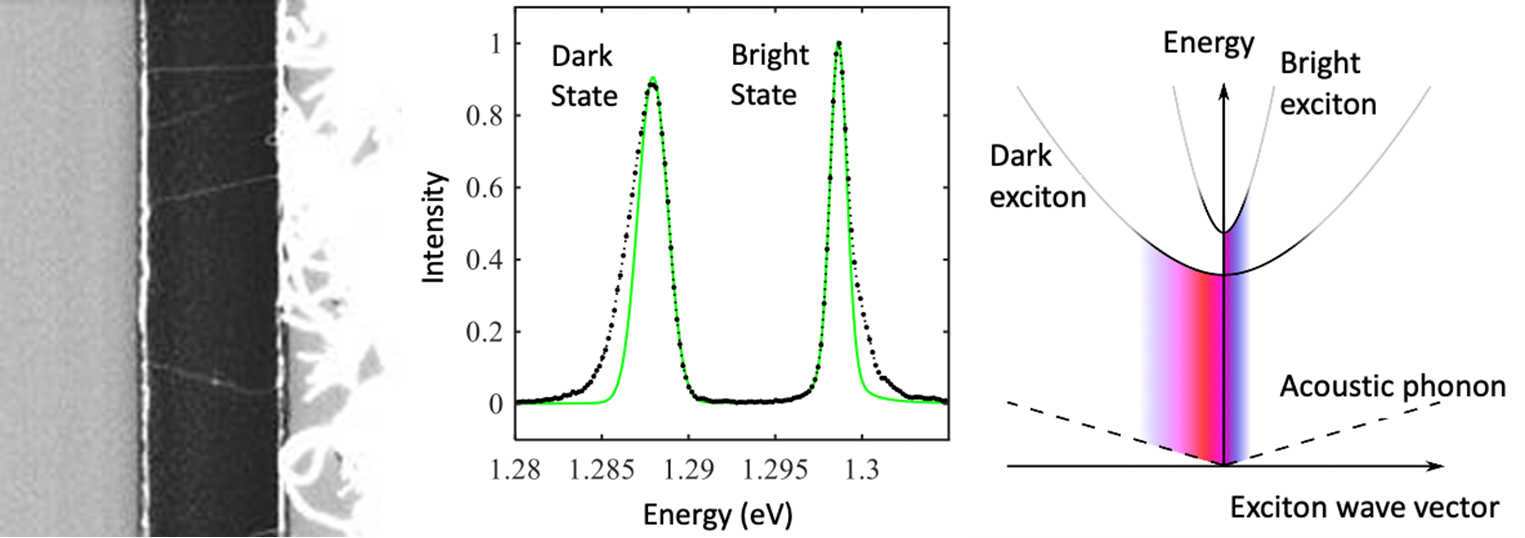Excitonics and Nano-spectroscopy

We study the properties of charge complexes in semiconductor nanostructures, for the development of applications in optoelectronics and in quantum technologies.
As semiconductor nanostructures are developed for a variety of applications, the need to better understand their properties is crucial to guide efforts in their synthesis and diversify their areas of use. These applications rely on fundamental studies of the basic photophysical processes such as photo-absorption, energy relaxation, migration, and charge recombination in these systems. Mastering the fundamental optical properties of the band-edge exciton (electron-hole pair) and other charge complexes (charged excitons and multi-excitons) is essential for the development of applications in optoelectronics and quantum technologies.
We develop microscopy and spectroscopy methods for the study of individual nano-objects and apply them to semiconductor nanostructures synthesized with the most advanced techniques to unravel photophysical properties that remain hidden when measured on ensembles.
Projects and Achievements:
We use magneto-optical spectroscopy of single nanostructures to reveal the temporal and spectral signatures of charge complex radiative recombination. These extremely sensitive methods allow us to get rid of the inhomogeneity over the morphology and crystal phases of these nanostructures and unveil the band-edge exciton fine structure, spin, and energy relaxation processes as well as the electron-phonon coupling.
Charge complexes in CdSe nanocrystals
Chemically synthesized colloidal CdSe nanocrystals (NCs) display size-dependent optical properties in the visible spectrum and are ideal candidates for tunable absorbers and emitters in various applications.

At cryogenic temperatures, the photoluminescence (PL) spectra of single NCs collapse into narrow lines and unveil a rich spectroscopic landscape and unexpected features, revealing the fine structure of the band-edge exciton (X) as well as other charge complexes such as the trion (charged exciton) and the biexciton (XX). (Chem. Soc. Rev. 43, 4,1311 (2014) & J. Phys. Chem. Lett. 4, 4, 609-618 (2013)).

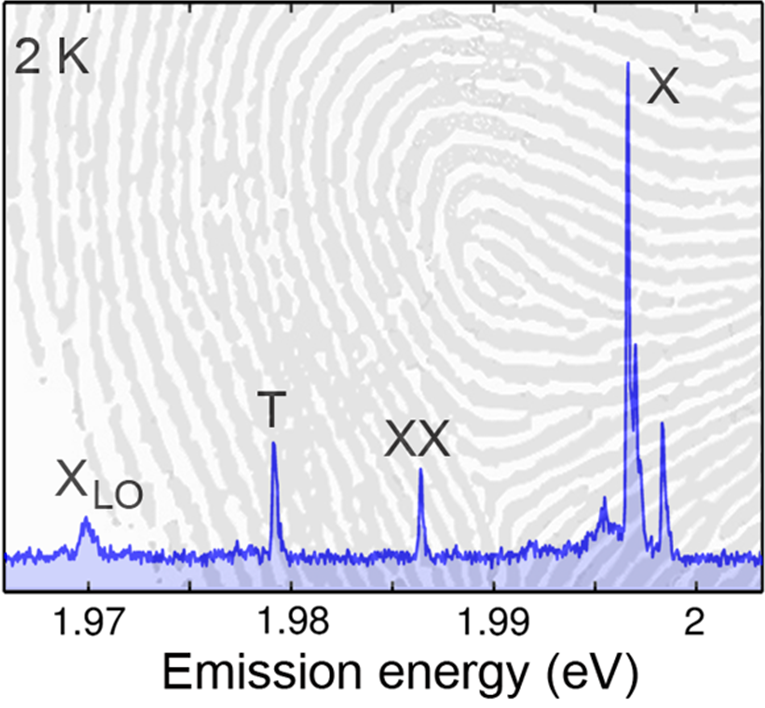
We have shown that the exciton fine structure can be tailored at will by tuning the shape anisotropy of the NCs and application of an external magnetic field, which is a first step towards the generation of pairs of entangled photons from the biexciton-to-exciton and exciton-to-ground transitions (ACS Nano, 8, 11, 11254–11260 (2014)).
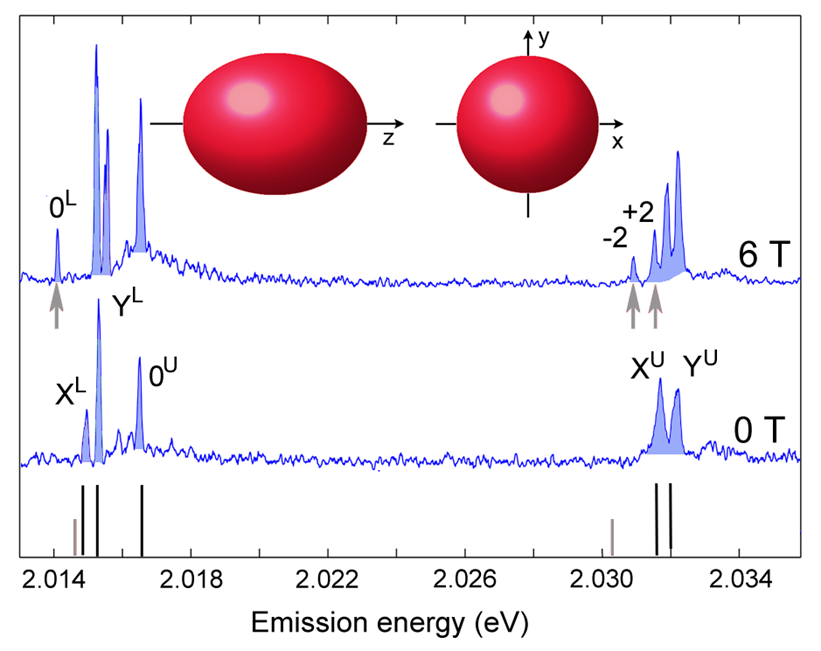
We have demonstrated that spin relaxation is mediated by acoustic phonons and exhibits a low-energy cut-off due to the finite NC size. As a consequence, spin relaxation can be greatly inhibited when the sublevels are tuned by Zeeman splittings below the lowest acoustic phonon energy (Nature Comm. 3, 1287 (2012)). This exciting property, called acoustic phonon bottleneck, sets colloidal NCs apart from other quantum dots and is particularly relevant to potential applications in quantum information and spintronics.
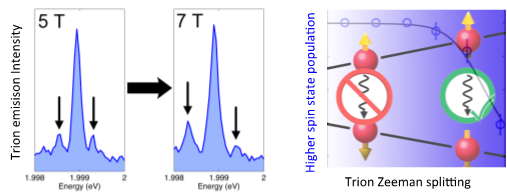
Revealing the fundamental optical properties of individual perovskite nanocrystals
Lead halide perovskites are new low-cost and easily synthesized semiconductor materials that exhibit outstanding optical and electronic properties, including large absorption coefficients, intense photoluminescence, low exciton binding energies, long exciton diffusion lengths, high dielectric constants, and intrinsic ferroelectric polarization. In addition, their perovskite structure is highly tunable because of the variety of organic and inorganic cations and anions that can be incorporated into a variety of “hybrid” structures, resulting in complete optical tunability over the entire visible spectrum.
Yet, the physics of the band-edge exciton, whose recombination is at the origin of the luminescence, is the subject of ongoing debates concerning the level ordering of bright and dark exciton sublevels and the coupling to phonons. Using low-temperature magneto-optical spectroscopy, we unveil their entire exciton fine structure of single perovskite nanocrystals (NCs) and the physical mechanisms at its origin. In particular, magnetic brightening of the dark state is a precious tool to shed light on the bright-dark level ordering in perovskite nanocrystals of various compositions, sizes, and morphologies (Nature Materials volume 18, 717–724 (2019)).
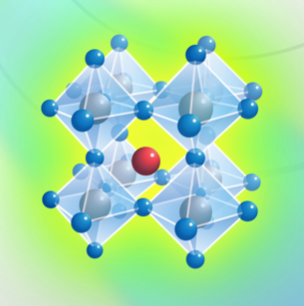

A specific property of perovskites highlighted by our experiments is that the spin relaxation involves a two-phonon Raman process, as single-phonon relaxation processes are indeed forbidden in these soft materials. This explains why perovskite NCs show strikingly bright photoluminescence at low temperatures despite the presence of a low-laying dark state (Nature Comm. 9, 3318 (2018)). Nevertheless, the dark state plays a major role in the quantum properties of the emitted light since it promotes the formation of biexcitons and thus the emission of correlated photon pairs (Nature Comm., 11, 6001 (2020)).
Future investigations will aim at reducing the dephasing rate and spectral diffusion in these materials to improve the indistinguishability character of the emitted photons. The realization of sources of entangled photons will require achieving degenerate bright triplet emission, using specific NC morphologies and the application of external fields. Lead halide nanocrystals that are self-organized into highly ordered three-dimensional superlattices are also attractive to investigate the collective quantum effects such as superfluorescence.

Excitons in suspended single-walled carbon nanotubes
Carbon nanomaterials, such as carbon nanotubes and graphene sheets are an important new class of technological materials, displaying superior mechanical, thermal, and electrical performance. Single-walled carbon nanotubes (SWCNTs) have gained particular interest as near-infrared quantum emitters for photonic and optoelectronic devices because the optical emission in these quasi-one-dimensional systems arises from excitons with a strongly enhanced Coulomb interaction, leading to very large exciton binding energies of 0.2-0.4 eV stable up to room temperature.
In the same vein, we investigate the optical properties of excitons in individual SWCNTs of different chiralities (Phys. Rev. Lett. 107, 187401 (2011), ACS Nano, 6, 3, 2649–2655 (2012) & ACS Photonics, 5, 2, 359–364 (2018)). Low-temperature magneto-optical spectroscopy studies explain how the lowest-energy bright and dark states are populated after light absorption and how they thermally mix and relax afterward. Moreover, the observation of an asymmetry in the exciton recombination lines of suspended SWCNTs is interpreted as a unique signature of the free character of the exciton and points to a drastic reduction of environmental perturbations of these suspended nanotubes (Phys. Rev. B 100, 081411 (2019)).
